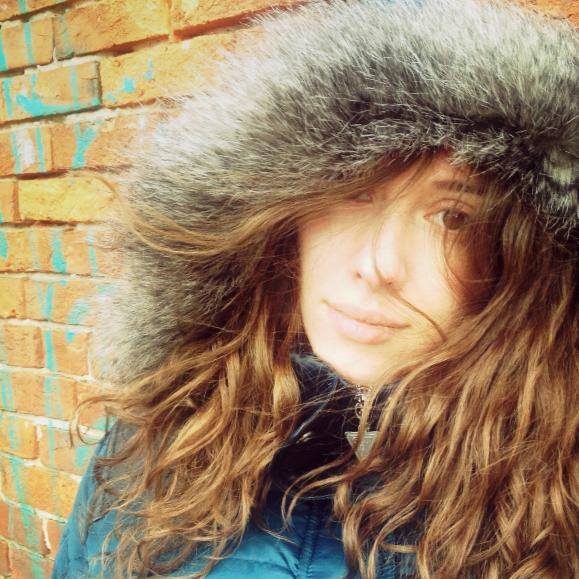Not whole, the way we know them now, but fragmentary
hollow skeletals that seal the human or reveal
what it once was. Breath stolen by volcanic gas
and corpses dressed in ashes. An imprint of dust
upon the body, or the body onto dust. Excavators filled
the distance between bone and absent skin with plaster,
made flesh-form evident: a naked relic for collection and display.
Not whole, the way we know them now, but fragmentary
hollow skeletals that seal the human or reveal
what it once was. Breath stolen by volcanic gas
and corpses dressed in ashes. An imprint of dust
upon the body, or the body onto dust. Excavators filled
the distance between bone and absent skin with plaster,
made flesh-form evident: a naked relic for collection and display.
My grandfather has never been there, but I showed him
pictures of the ageless forms, coiled snails within
a manmade shell: mother and child cinched at the neck
by soot and centuries and history’s pressure turning
them diamond. Did he wish then that his mother too
had been cast in immortal ash, or was he grateful
gas chambers, mass graves, and crematoriums left nothing
to reconstruct the body by?














